What is a heatwave? London to be hotter than the Algarve with temperatures of 27C

London is set to be hotter than the Algarve next week with temperatures of up to 27°C.
The BBC said the capital will be warmer than Faro, in south Portugal, and Barcelona in Spain.
Londoners can expect a week of sunshine, with temperatures reaching the mid-20s from this Sunday (June 23).
The Met Office said a strengthened jet stream (a fast, narrow current of air flowing from west to east that encircles the globe) caused the weather change. This will raise temperatures above the seasonal average in sunnier periods after a somewhat wet and milder year.
The Met Office said it was the UK’s wettest spring since 1986 and the sixth wettest on record.
“In stark contrast to the first half of June, where temperatures have widely been below average, we are expecting to see a steady uptick through the second half of this week, rising to around or above average, and it will likely feel very warm for those in the sunshine,” Met Office deputy chief meteorologist, Dan Harris, said.
So with it set to feel like a heatwave in the capital, what is the technical definition?
What is a heatwave?
An official UK heatwave takes place when a location records at least three consecutive days with daily maximum temperatures meeting or exceeding the heatwave temperature threshold.
This varies across the country and in London, that temperature is 28°C.
What causes heatwaves?
The Met Office says heatwaves are primarily caused by prolonged high-pressure systems, also known as anticyclones. These systems create a dome of heat that traps warm air in a particular region. The high pressure suppresses cloud formation and precipitation, leading to clear skies and increased sunlight, which raises temperatures further.
UK Weather: Summer Heatwave 2022


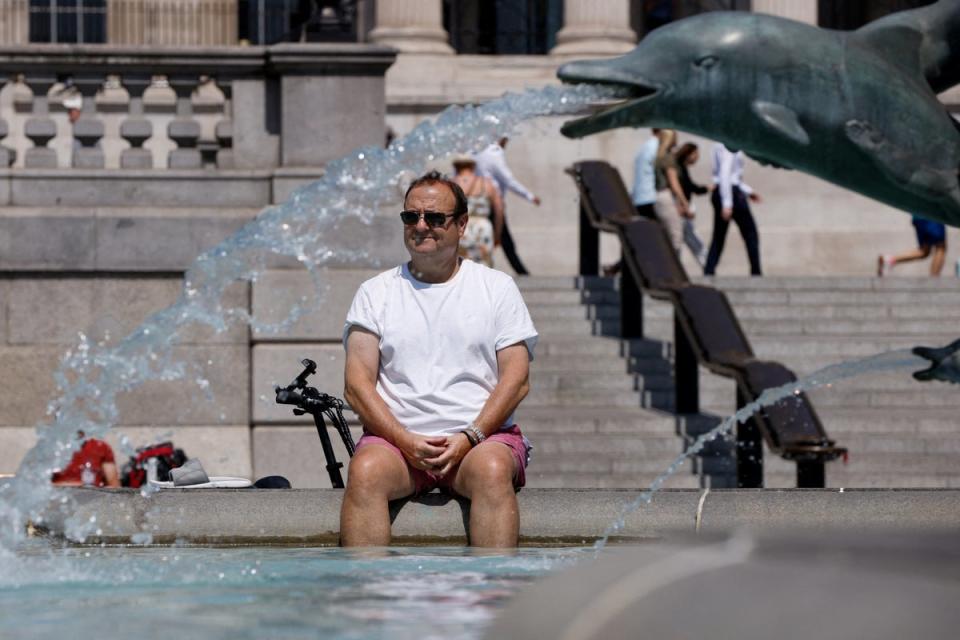
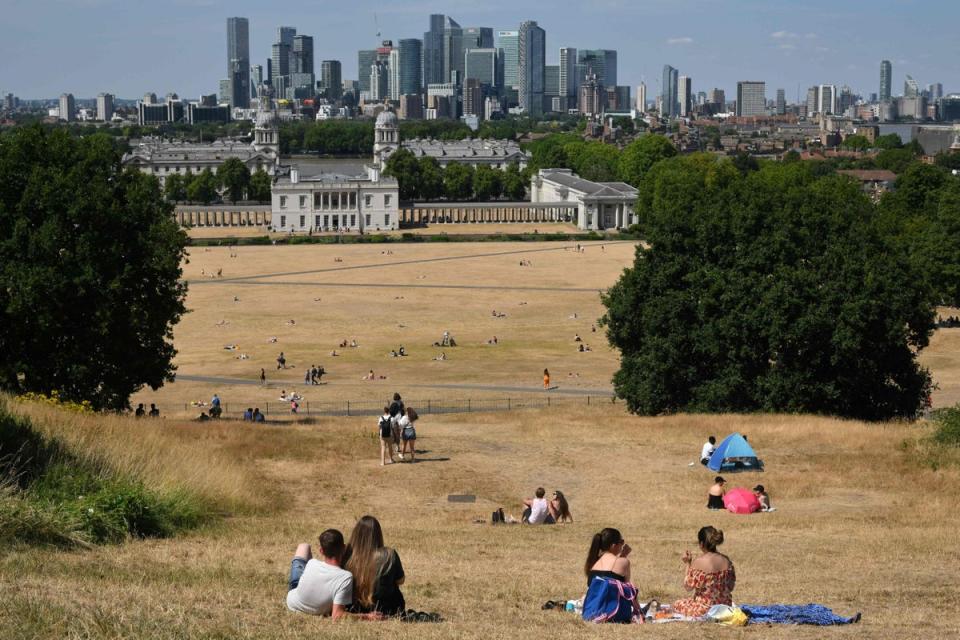



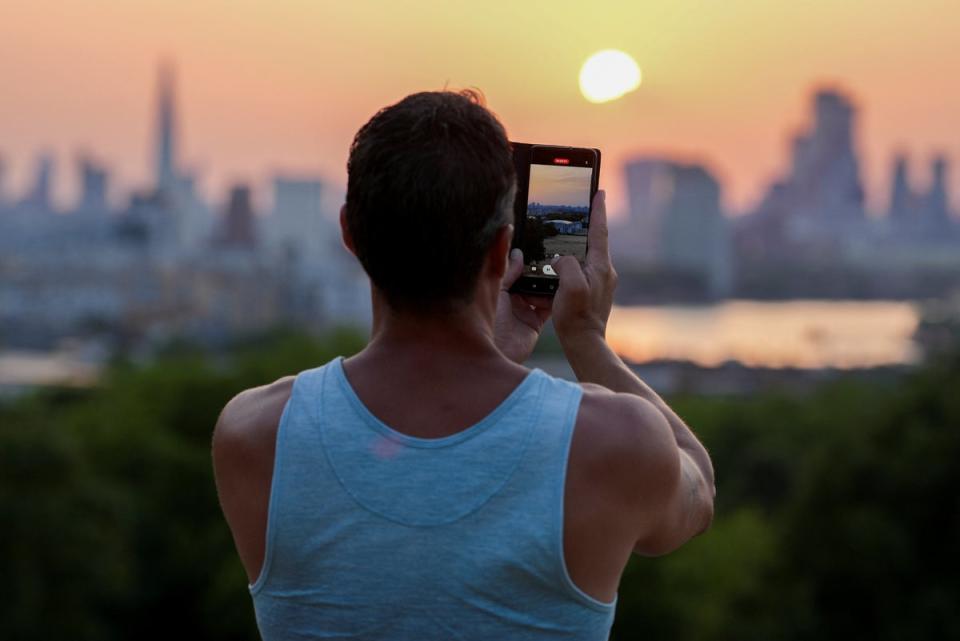
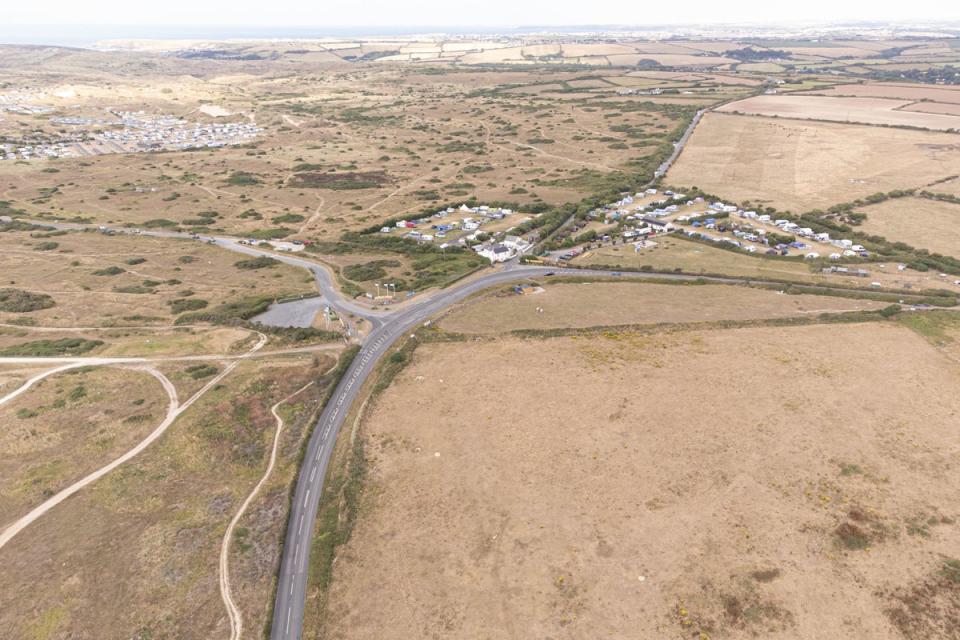


Another contributing factor is the position and strength of the jet stream. When this becomes weaker or shifts its usual path, it can lead to stagnant weather patterns, allowing the high-pressure system to remain over an area for an extended period.
Additionally, heatwaves can be exacerbated by human activities and urban environments. The urban heat island effect, where cities experience higher temperatures than surrounding rural areas due to human activities and built-up surfaces, can intensify the impact of a heatwave. This makes emperatures even more extreme in urban areas.
During one of the UK’s last heatwaves in July 2022, the country experienced record-breaking temperatures. Some areas exceeded 40°C (104°F) for the first time. This led to significant strain on health services, disruptions to travel, and increased incidences of wildfires.
How does hot weather affect those who are working?
While hot weather offers many opportunities for fun in the sun, it can also pose challenges for workers trying to be productive at work.
As well as ensuring you have a fan, here are your rights when working in the heat.
What is the legal maximum working temperature in the UK?
There is no legal maximum working temperature specified by law in the UK. However, employers have a legal duty to ensure their employees’ health, safety, and welfare at work, including managing the temperature in the workplace.
What should employers do if it’s too hot inside the office?
Employers in the UK have a legal duty under the Health and Safety at Work Act to ensure their employees’ health, safety, and welfare. This includes providing a comfortable working environment, particularly during high temperatures. According to the Workplace (Health, Safety and Welfare) Regulations 1992, the temperature in all indoor workplaces should be "reasonable" during working hours.
If the office becomes too hot, the Health and Safety Executive (HSE) advises employers to take action to reduce the temperature or mitigate its effects on employees. Trade unions, such as the Union of Shop, Distributive and Allied Workers (Usdaw), and the Trades Union Congress (TUC) have advocated a legal maximum indoor temperature to provide clear guidelines for employers and workers on when action should be taken.
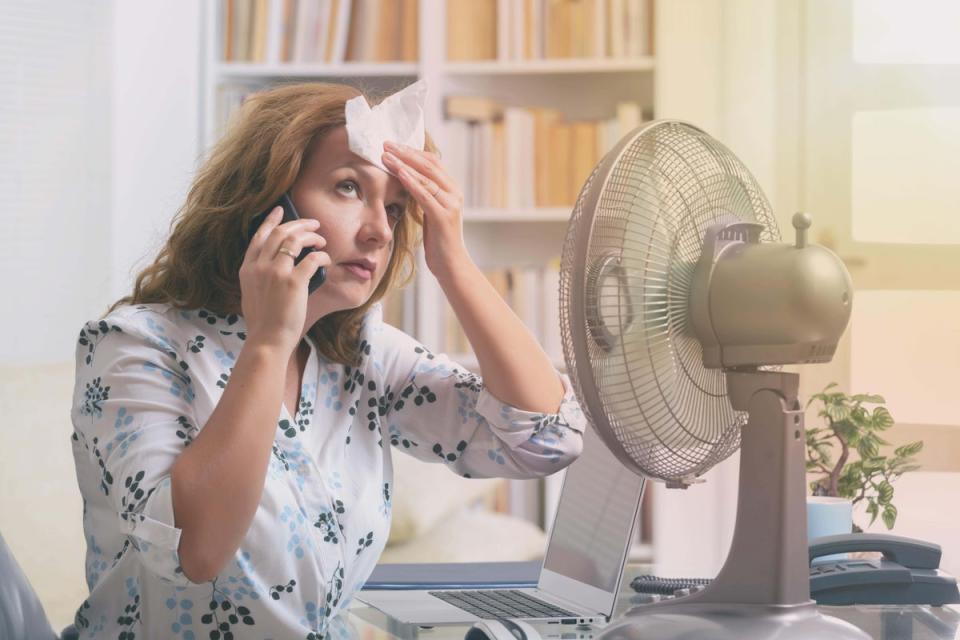
Usdaw specifically recommends implementing cooling measures when the workplace temperature reaches 24°C. This includes ensuring air conditioning, adequate ventilation, and cooling drinks and breaks. The TUC underscores the importance of employers assessing risks associated with high temperatures and implementing necessary measures to manage or prevent these risks.
Usdaw's suggested cooling measures also encompass opening windows; using fans; allowing more frequent breaks; relaxing dress codes; and adjusting policies on face coverings. If these measures prove insufficient and the workplace remains uncomfortably hot, employers should consider whether employees can work in those conditions.
Can you stop working if it gets too hot and work from home?
In the UK, if your working environment becomes unreasonably hot and poses a health risk, you have the right to stop working to protect yourself. This is based on the principle that employers must provide a safe working environment under the Health and Safety at Work Act. I
f you cannot work from home or make adjustments to mitigate the heat, such as cooling measures, and you believe continuing to work would endanger your health, you are within your rights to cease work.
If your employer penalises you if you stop working due to excessive heat — such as by taking disciplinary action or reducing your pay — you can make a claim at an employment tribunal. The law protects employees from retaliation for raising health and safety concerns or refusing to work in unsafe conditions, including extreme heat that could harm their well-being.
What are the recommendations for those working outside?
Working outdoors during very high temperatures can significantly strain the body. The Usdaw says employers should ensure that outdoor workers have adequate sun and heat protection. This includes access to shade whenever possible to help workers cool down.
Additionally, employers should supply sun cream for skin protection, appropriate clothing to shield from the sun's rays, and ample drinking water to prevent dehydration. These measures are crucial for safeguarding outdoor workers’ health and well-being during intense heat.









